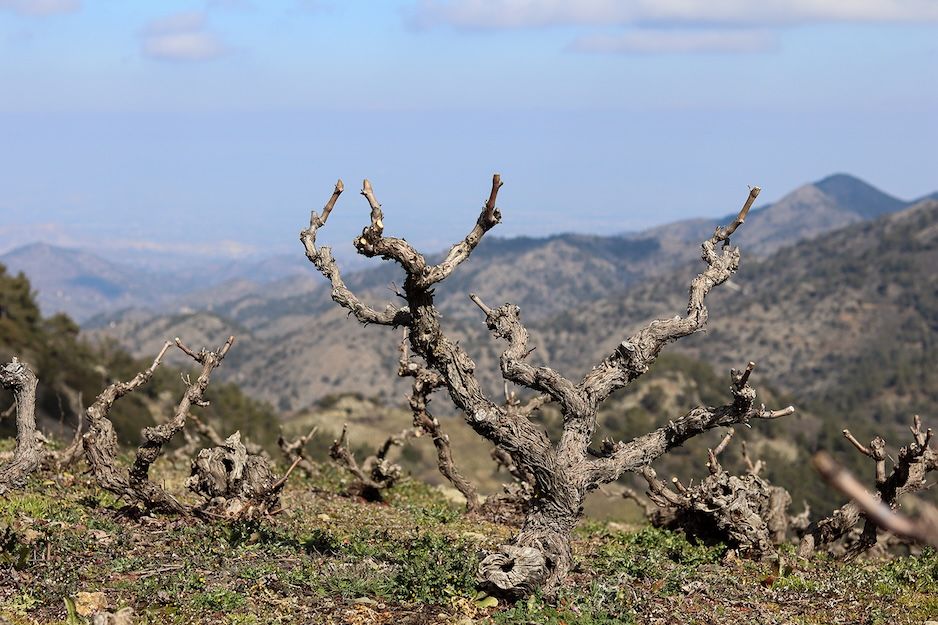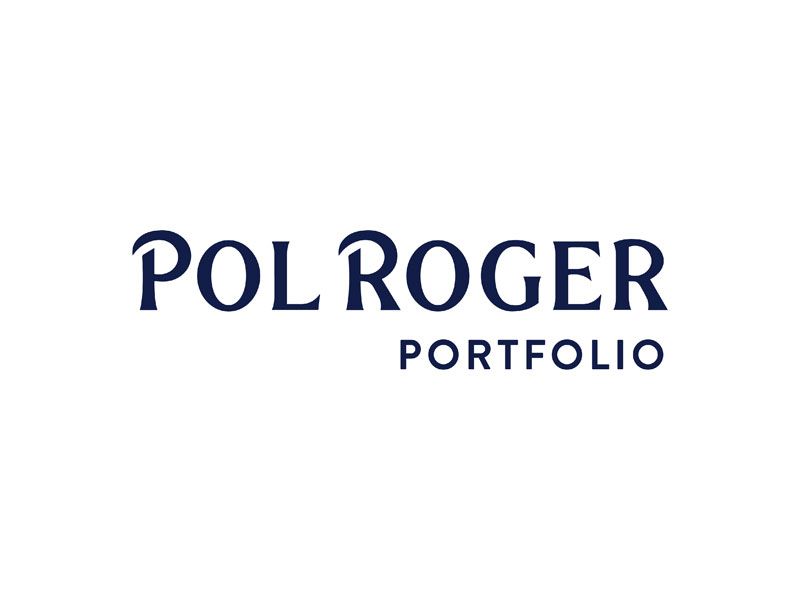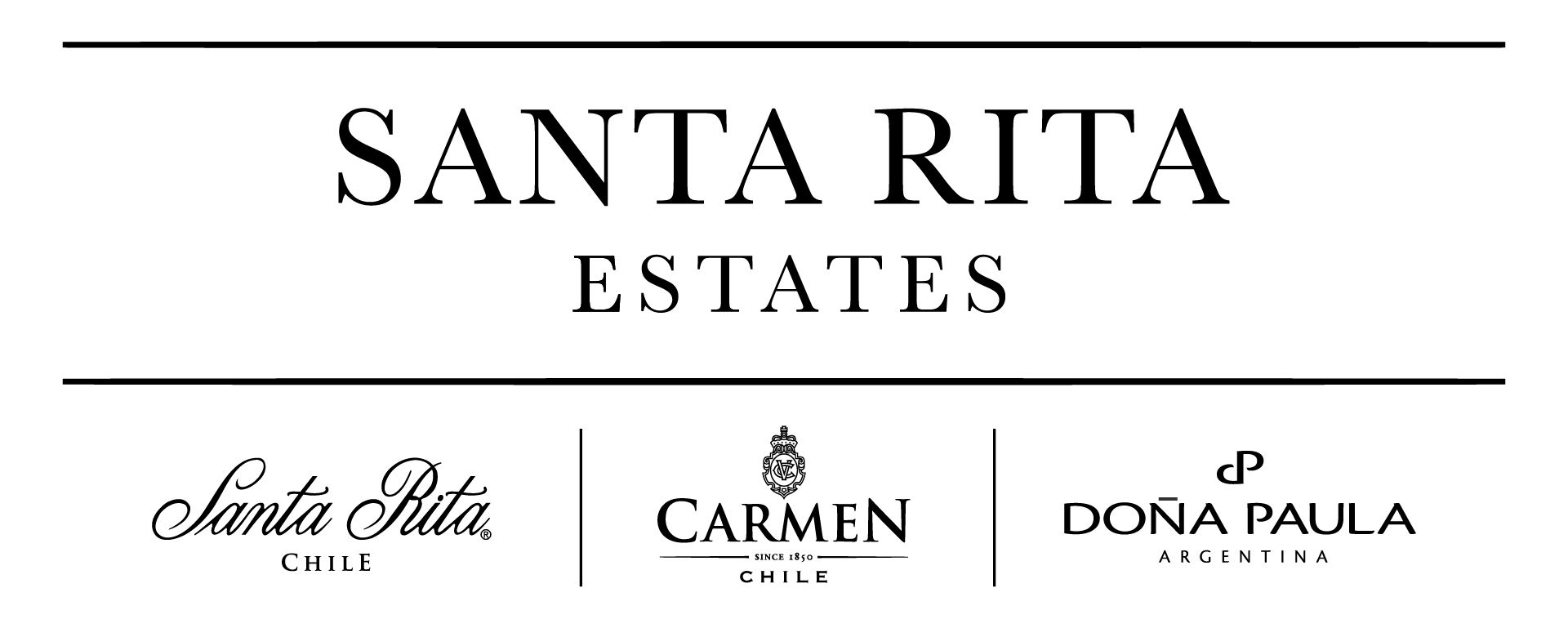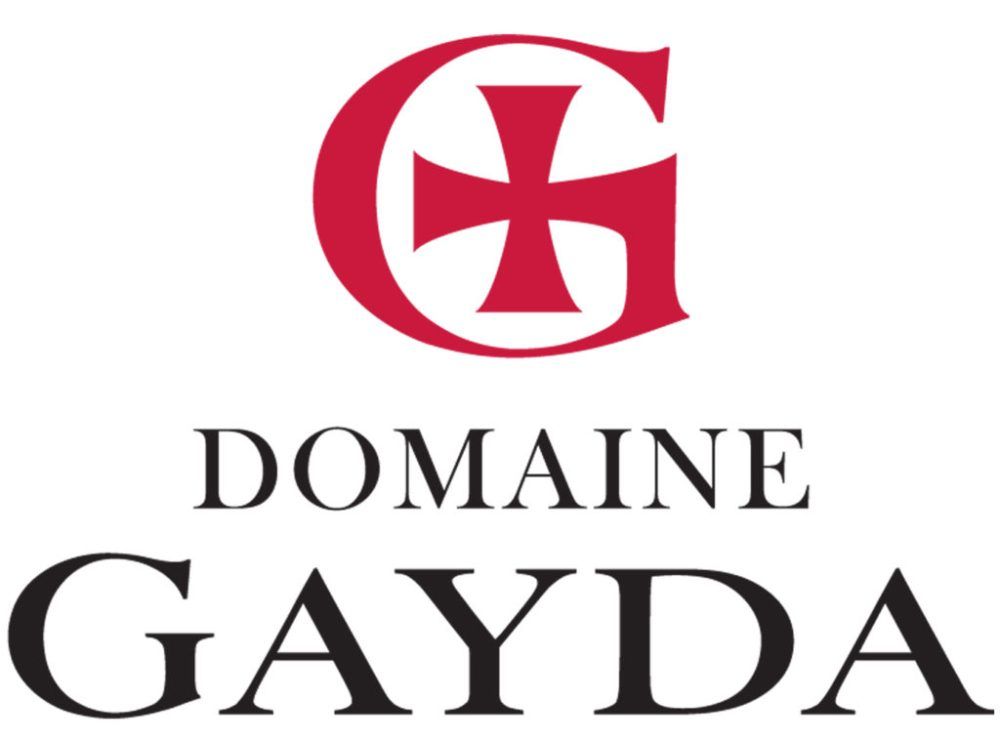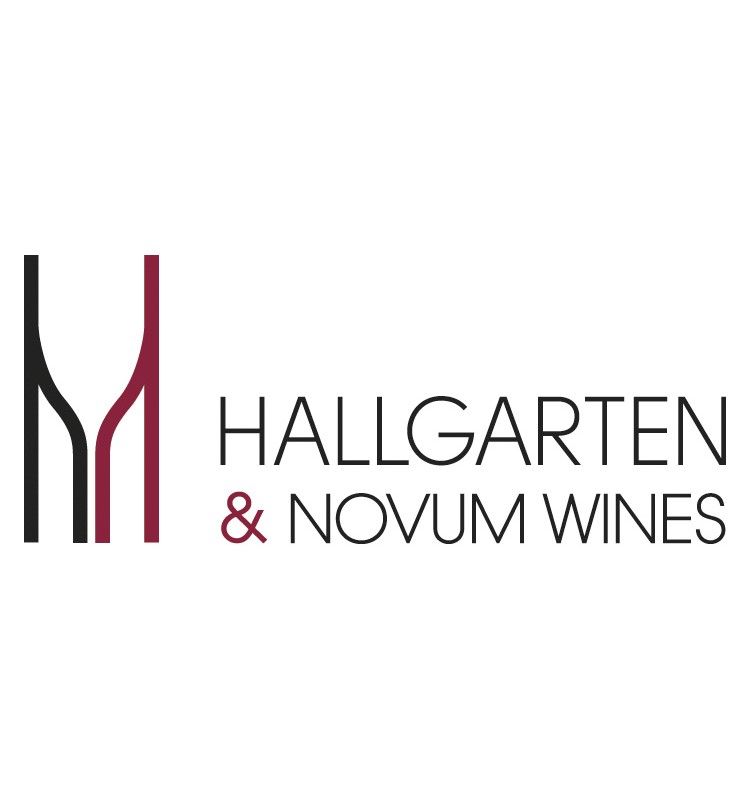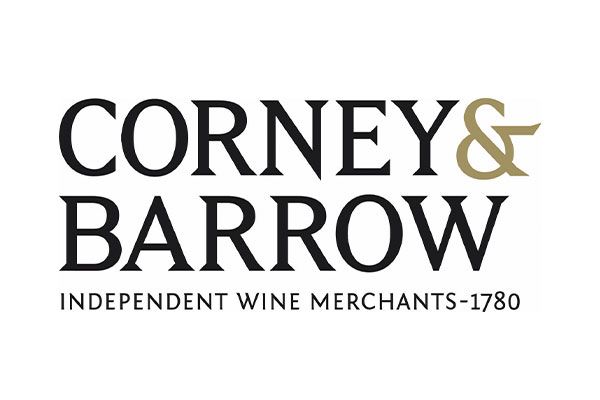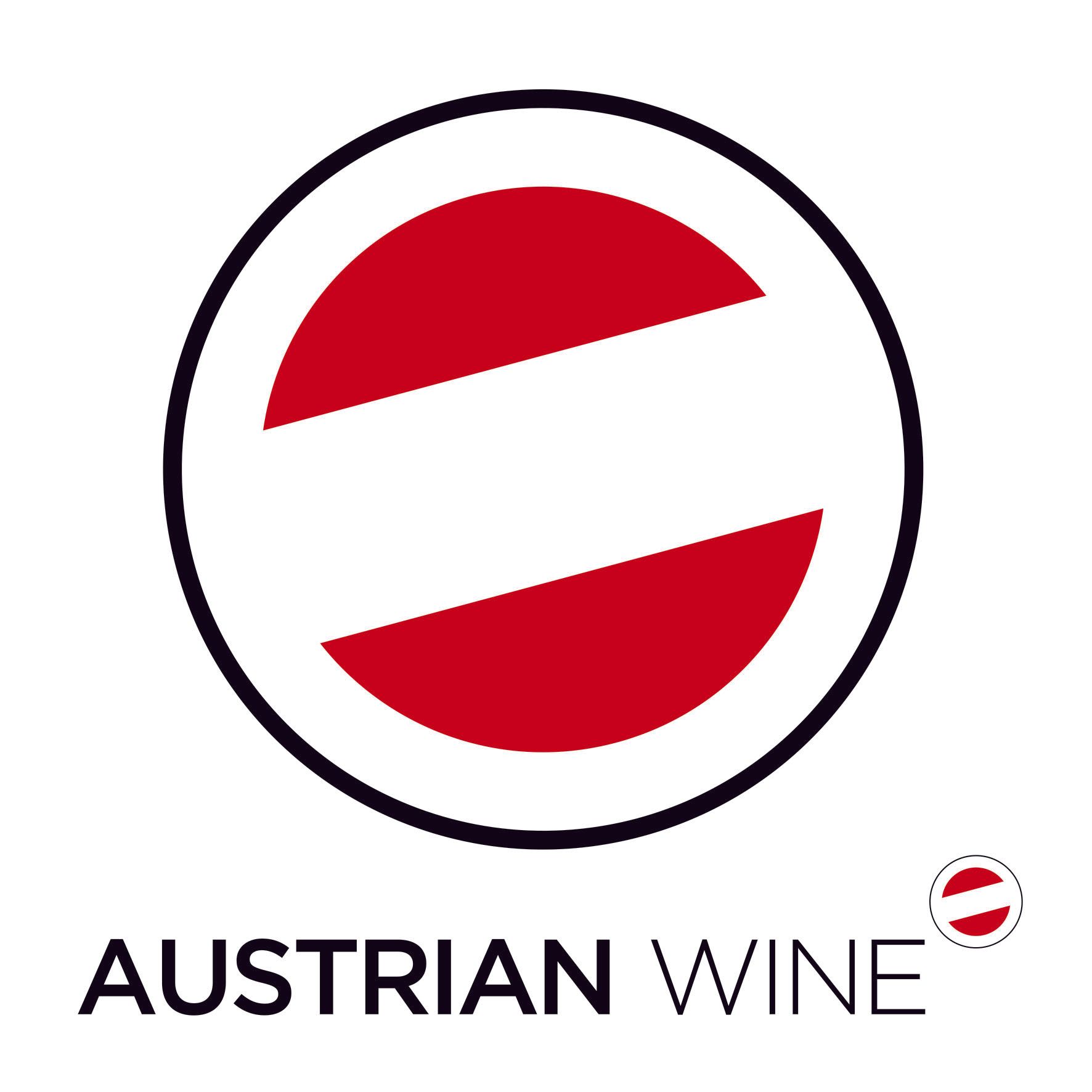This year’s ambitious Central and East Europe (CEE) tasting, organised by Caroline Gilby MW and Zsuzsa Toronyi of Wine Communication, proved – yet again - that some of the most exciting things in the wine world are going on in the countries on its periphery.
The UK trade is already familiar with dry Furmint from Hungary, with quevri wines from Georgia and Blaufrankish/ Kekfrankos/ Frankovka from Austria/Hungary/Czechia. Now buyers and consumers are investigating Karasi wines from Armenia, obscure grape varieties from Albania, Bosnia, Ukraine and Moldova as well as sampling whites made popular by multi-country GROW movement (Grasevina/Grasac, Olasz Riesling/Welschriesling), the same variety with different names and styles that is grown across the former Hapsburg Empire.
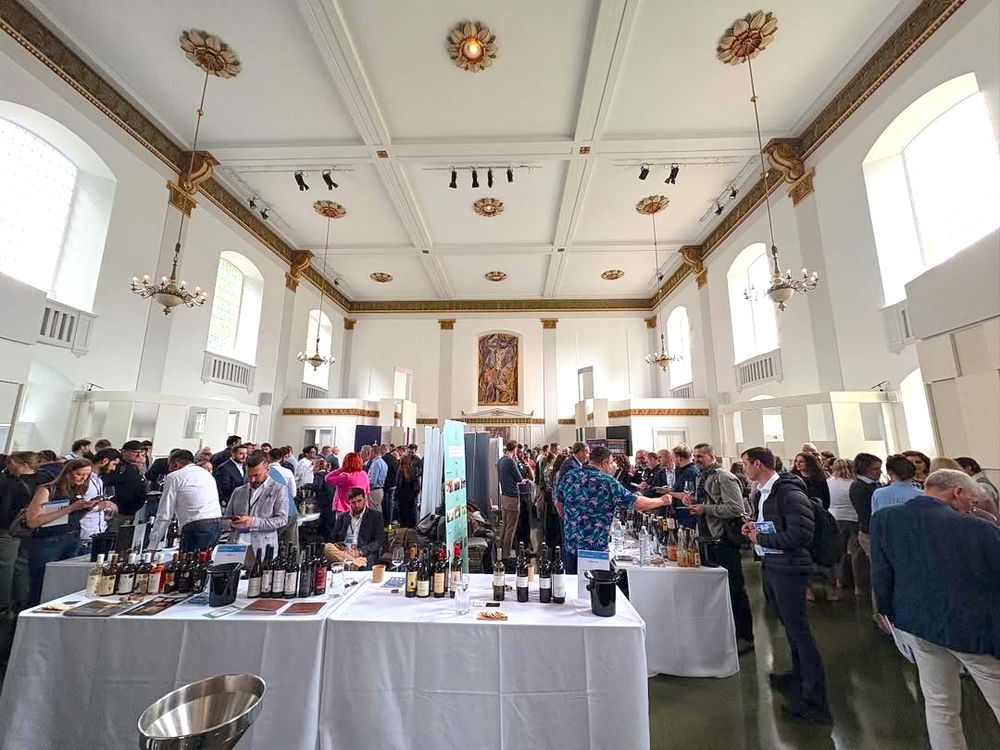
Central and East Europe (CEE) tasting, London
More even that the 2024 edition, this CEE event really went above and beyond, showing wines from over 100 producers across 17 countries and somehow managing to fit seven excellent master-classes into the Tardis-like crypt of St John’s Church, Waterloo.
There were gems from Poland - which thanks to climate change and years of economic growth now has a fast growing wine industry - and from innovators including my old mate, fellow hack Chris Boiling, who was showing his Crazy Experimental Wines made across CEE from varieties that had me reaching for Julia Harding’s excellent Wine Grapes book (Pearl of Viktoria anyone, or Muscaris, to name some of the weird hybrids as well as regular grapes Boiling is working with to make his fascinating blends).
Cypriot wine going places
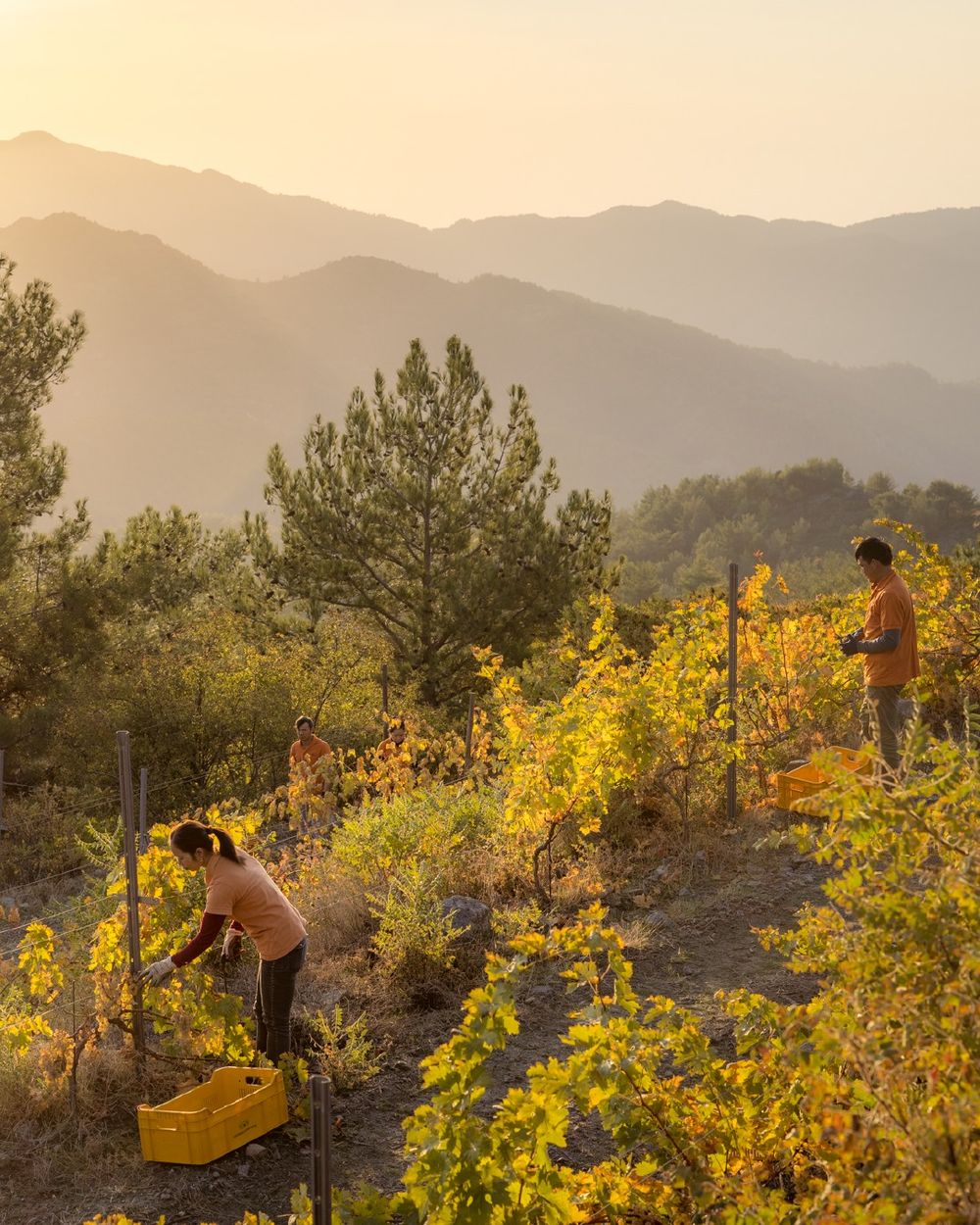
“Cyprus is not necessarily getting warmer but it is getting drier and this is increasingly a serious problem."
In amongst all this, however, my attention was drawn to the stand showing wines represented by Winecore, a group of 17 like-minded producers from Cyprus, established to spread the word that wine-wise this popular eastern Mediterranean island is going places.
Twenty years ago this was hardly a country that would set the viticultural pulse racing, being dominated by three big producers and selling vast amounts of cheap wine to the Russians in exchange for machinery and fuel. In another life, covering Cyprus for the New York Times, I can remember haunting Nicosia’s restaurants and bars searching - usually unsuccessfully – for decent Cypriot wine.
And then, of course, there was Commandaria, the iconic sweet wine supposedly drunk by Richard the Lionheart on his way to the crusades, typically made with sun-dried Xynisteri and Mavro grapes and fortified with grape spirit. Very much the souvenir purchase, especially Keo’s Commandaria St John which long dominated the market with its iconic bottle shape.
Economic growth, climate change (the island is too hot and dry for the French varieties once planted there) and growing expertise - some of the best wine in Cyprus is now made in its mountains by site-focused, internationally trained oenologists working with native varieties - have transformed the industry.
However, one of the biggest drivers of change was the EU, which after Cyprus joined in 2004 required it to grub up a lot of its vines, to reduce overproduction. As a consequence, total vineyard area dropped from 14,395 ha in 2005 to just over 7000 ha in 2014, to around 5303 ha today, with native varieties dominating, led by red Mavro (2823 ha) and white Xynisteri (2000 ha), the island’s best commercial/quality variety, capable of delivering freshness coupled with age-worthiness. Quality has massively improved with winemakers spurred on by the dramatic improvements in nearby Greece, where many have honed their craft.
“There’s a real purity and precision about winemaking here with well- travelled and educated producers often working in high altitude vineyards: cool nights make all the difference as do sometimes very old vines on old roots. Cyprus never experienced phylloxera and this makes some of the wines very special,” says Caroline Gilby who ran a master class on wines from Cyprus.
So what are the producers/wines to look out for?
Of the 12 wines highlighted by Gilby, there were four standouts for me:
Aes Ambelis’s wonderful-sounding - and tasting - Morokanella 2024, a fascinating and delicious rescued white variety from the Nicosia region. A quite exotic palate, slightly reminiscent of Greek Moschofilero but with a nice backbone of acidity to support the fruit.
Tsiakkas Winery’s Promara 2023 from the Limassol area, showed nice full flavour, a long, rounded aftertaste. So did my champion red here, Oroman 2021 produced by Vlassides in the Paphos region from another rescued variety Yiannoudi (roughly translates as “found in John’s garden”, because, um, it was). This had a lovely dark colour with soft tannins not unlike a Dolcetto, with a long, liquorice aftertaste. Hefty though, with 14% abv.
“Assuming winemakers can handle it properly (it’s not the easiest variety to work with) this has a great future,” said Gilby.
Last, but not least, Cyprus’s best known quality red variety, Maratheftiko, a grape which needs to be planted with other varieties to pollinate, which can throw up its own challenges. This ancient grape, rediscovered in the Paphos region in the 1980s, can often show as over-extracted but in the hands of K&K Vasilikon Winery, near Paphos the Vasilikon Aeon 2020 is well balanced, fruit driven and moreish, with red cherry and dark berry flavours.
So what next for Cyprus’s wine industry?
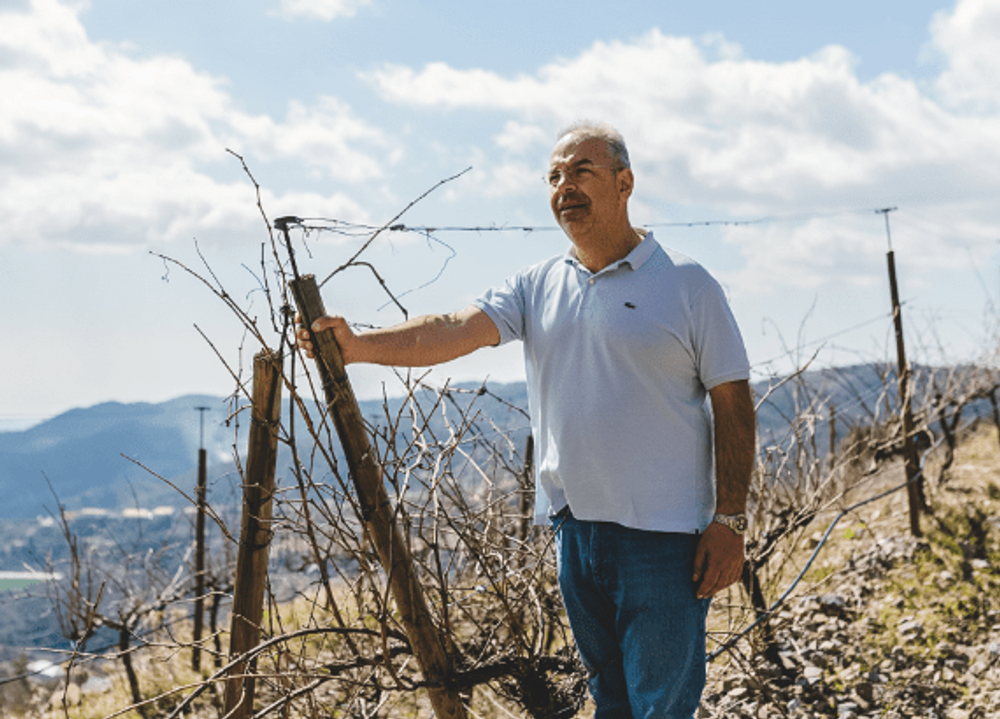
“Cyprus moved towards indigenous varieties because climate change pushed us this way." Minas Mina
Gilby reckons the shift towards working with unusual local varieties will continue as will the focus on producers making high quality Xynisteri, the jewel in Cyprus’ wine crown. This is a grape which satisfies at the primary drinking level – it seems tailor made to refresh in Cyprus’s mega warm, dry climate – but also at a more complex level, when it is allowed to age.
“We’re already seeing the shift towards more single vineyard expression and I reckon this will continue,” she argues.
The following day, at a lunch with Minas Mina, head winemaker at Kyperounda I took a deeper dive into Xynisteri.
Established in 1998 in the mountains above Limassol, Kyperounda has vineyards at 1200 metres, making it Europe’s highest winery (an accolade also claimed however by the close-by Tsiakkas Winery), and one of the highest globally. He is a great believer in native varieties, in particular Xynisteri which now accounts for half of the 300,000 bottles he produces each year.

Minas Mina showing one of the single vineyard expressions over lunch
“Cyprus moved towards indigenous varieties not just because they have become more popular and trendy but because climate change pushed us this way – they cope much better with our very dry climate, especially as winemakers become more familiar with soils and what works best where,” he says.
To demonstrate Xynisteri’s appeal Kyperounda produces two single vineyard examples, both from bush vines on its original, un-phyloxerised roots: the Petritis 2023 and Antatoli 2023.
The first, made from grapes grown on west and east facing vines, has a relatively generous palate reflecting six months lees ageing with 20% of the grapes in new oak (the rest in stainless steel); the Anatoli, by contrast is more precise and linear, made from grapes grown only on east facing vines that see only the morning sun, missing out on the much warmer afternoon sun. Very different wines from the same variety.
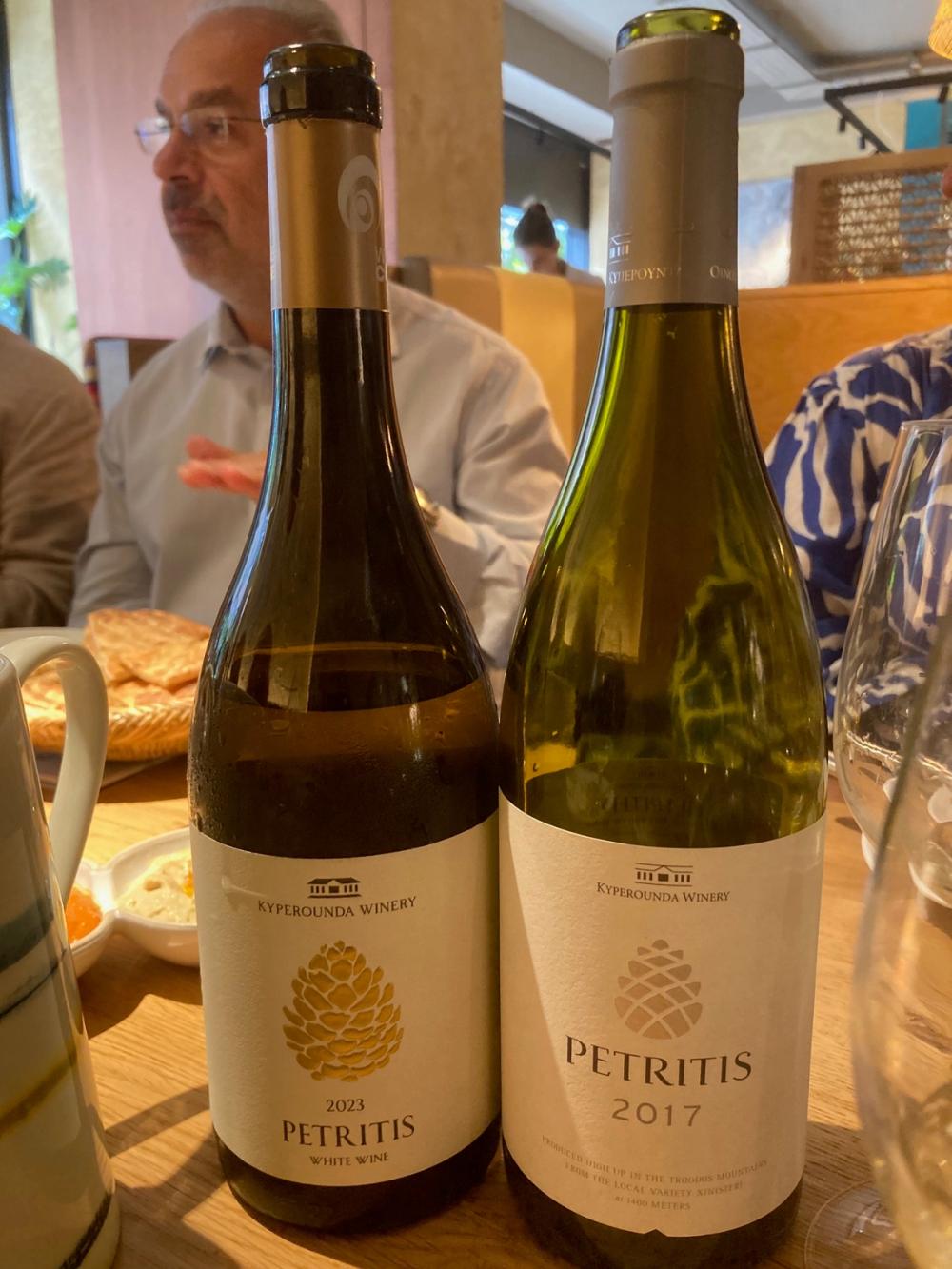
To reinforce the message we then taste a Petritis 2017. This was showing remarkable evolution and a depth of flavour you might expect in a good Gavi, reinforcing the general sense that to get the best from this variety, you need to allow it to age.
And then to confirm Xynisteri’s adaptability, we conclude with Kyperounda’s Commandaria 2016, a fantastic take on the classic sweet wine. Unfortified and part of a general Cyprus-wide shift away from using grape spirit, it makes you wonder whether its principal purpose before was to hide the poor quality of the grapes. This is absolutely delicious and just 13% abv against the more usual 15-17%.
“We don’t make this every year but only when the conditions are perfect; the idea is to stress the apricot and raisin character of Commandaria rather than the chocolate flavour.”
Cyprus’s viticultural revolution is really only getting started – there are over 50 wineries in the southern, Greek two thirds of the island compared to wine making in the Turkish occupied northern third which has never really gotten off the ground, even though the authorities there have more liberal attitude to alcohol than in Turkey proper, where the wine industry has been cowed by President Recep Tayyip Erdogan’s Islamist policies.
Regional differentiation is also increasingly becoming more of a thing, with research into native varieties and terroir an ongoing process. However, Minas reckons the industry will have its challenges.
“Cyprus is not necessarily getting warmer but it is getting drier and this is increasingly a serious problem. We have already built desalination plants to cope with the demands of five million tourists a year but we are still facing a major water crisis. This is something winemakers here will have to learn to live with,” he says.
Kyperounda Wines are imported into the UK by Hallgarten & Novum Wines.
